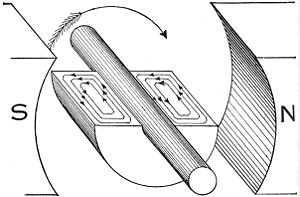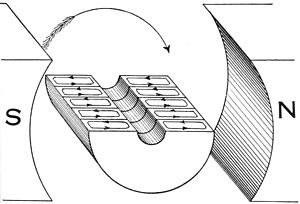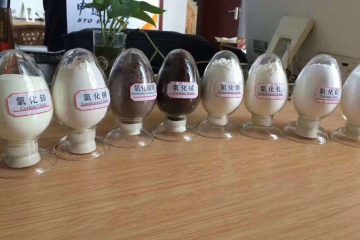Brief introduction:
magnetic induction is the production of an electromotive force across an electrical conductor in a changing magnetic field. When we use tesla meter, or you call gauss meter to test the characteristics of permanent magnet, have you ever think about what is difference of magnetic flux, magnetic flux density and magnetic induction, some people may call magnetic strength, cause we usually use this parameter to describe the density of magnetic flux(circuit), in another words, the strength of permanent magnet.
By contrast, magnetic flux indicates the product of magnetic induction multiply the unit area, surface gauss value shows who to use hall effect for probe to illustrate the average magnetic induction at specific area you tested, and magnetic field intensity is a meaningless indicated parameter for reference in material science.
Evaluate the principle above, we can understand the eddy current has an impact for motor/generator work temp increasing, leading to demagnetize of permanent magnet inside.

Eddy currents occur when a solid metallic mass is rotated in a magnetic field, because the outer portion of the metal cuts more lines of force than the inner portion, hence the induced electromotive force not being uniform, tends to set up currents between the points of greatest and least potential. Eddy currents consume a considerable amount of energy losing

Only five laminations or plates are shown in this example, so as to show the subdivision of the eddy currents. In practical use, the number of laminations or punchings ranges from 40 to 66 per inch, and brings the eddy current loss down to about one percent. While the plates can be separated by insulation, the voltage is so low that the natural rust/oxide coating of the plates is enough to prevent current flow across the laminations



0 Comments